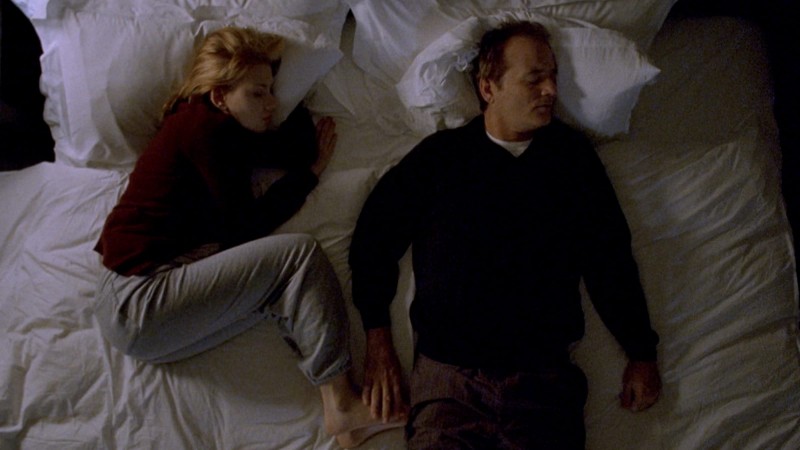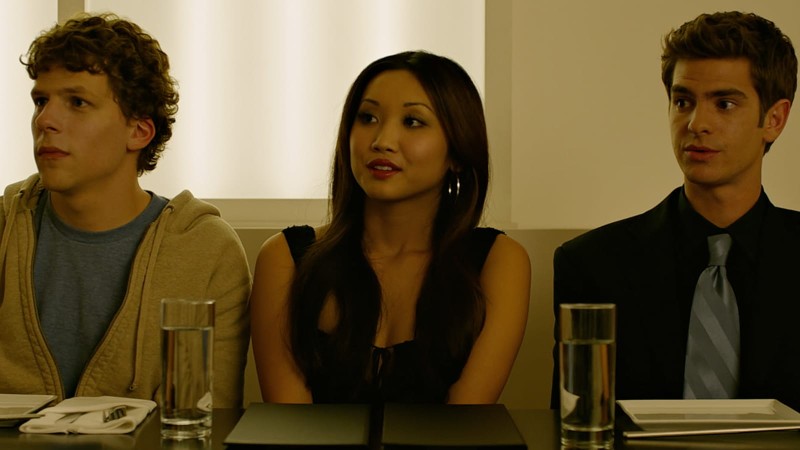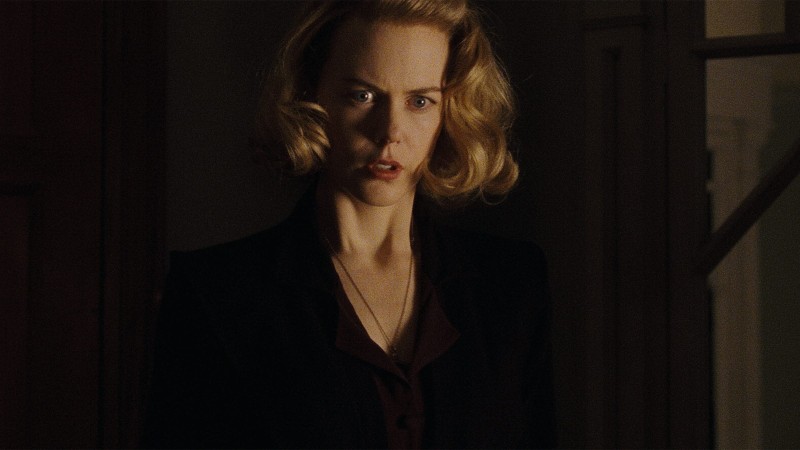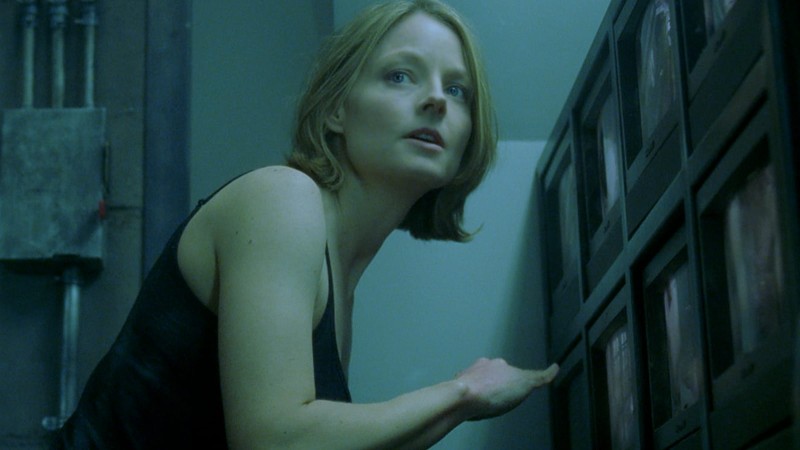Getting Tongue-in-Cheek About Silent Film History with Juho Kuosmanen

This past March, while I was serving on the jury at the Tampere Film Festival in Finland, I came across a silent short film that felt like an artifact from a bygone era. But on closer examination it became clear that Juho Kuosmanen’s The Moonshiners—shot on black-and-white 16 mm, with a gently crackling soundtrack and dialogue conveyed through intertitles—was not a discovery from the vaults. The short, which follows the misadventures of a pair of bungling bootleggers and their pet potbellied pig, was made in 2017 and is a loose adaptation of the first-ever Finnish fiction film, all copies of which have sadly been lost. With its period-perfect cinematography, exaggeratedly morose performances, and sly inclusion of anachronistic details, The Moonshiners is a love letter to silent cinema that doesn’t take itself too seriously.
In anticipation of The Moonshinerspremiering today on the Criterion Channel on FilmStruck, I spoke with the director about the pleasures of bringing this mythic piece of Finnish film history to life.What drew you to The Moonshiners as a source of inspiration?
I first heard about it in a film history class I took with Professor Peter von Bagh. Everything I know about cinema, I’ve learned from his class, though we were more focused on world cinema—Finnish film history was taught in five minutes. The Moonshiners was never shown because all the copies have been lost, so we knew it more as a fun anecdote. All of the students, including me, found it pretty funny that the first Finnish fiction film was about two stupid guys making moonshine.
Festival organizer and producer Otto Kylmälä had seen our previous silent film, Romu-Mattila and a Beautiful Lady, in the Midnight Sun Film Festival in Sodankylä, Finland. He found some value in our humor and ordered this remake of The Moonshiners for his festival Loud Silents, which screens silent films with experimental soundtracks. This was 110 years after the original The Moonshiners, and the film would mark the festival’s fifth anniversary. It was an offer I couldn’t refuse.
I understand you used advertisements and press articles from the period to reconstruct the film.
That was all we had—and just a few of them. We knew the main characters: two moonshiners, a gambler, a policeman, and a pig. And we had a basic idea of the story. As you can see, it’s not that complicated of a structure. But because no one alive had seen the original, we were quite free to create our own details.
Beyond what you already knew about the original Moonshiners, were there other films that inspired you?
Compared to our previous silent film, this one had more slapstick. We watched more stuff like that. There was no clear reference film, but during the preproduction I saw Beggars of Life, by William A. Wellman, and I loved it. It inspired the film’s hobo atmosphere.
There’s no sense in doing a remake of a film that nobody has seen, and it really doesn’t make sense to make a silent film nowadays. So we thought why not fool around a bit and have all the fun we can with this silly project. I love the freedom that silent film gives. There’s no money, and there are no expectations for the box office—just a few kilometers of celluloid to play with. And music—I haven’t used music that way in the films I’ve made that are set in contemporary times.
What was your approach to the score? There’s extensive use of music to establish tone and character throughout the film, as well as amazingly detailed foley effects.
I worked with the band Ykspihlajan Kino-Orkesteri; they’ve made music for my previous silent film and my debut feature, The Happiest Day in the Life of Olli Mäki. It’s great to work with people you know well; it’s easy to find a shared tone. After The Moonshiners was mostly edited, some of the band members watched it, and they came up with different themes and drafts of musical pieces. Then we spent a long weekend figuring out what works with the movie.
The first song, a funeral march, is based on the theme song in my 2012 short Romu-Matilla. We wanted The Moonshiners to be a companion to that film. In the other songs we used banjo and harmonica to create a hobo motif. In other places, you might recognize echoes of “Money,” by Pink Floyd. We also had foley artist Heikki Kossi doing his work live along with the band. The band and Heikki have performed the score at some screenings, and the live foley is a big part of the excitement of that experience.
Tell me about the actors and how you conveyed to them the style of performance you were looking for.
We wanted to get a style of acting that was exaggerated but not too much. I wanted the audience to be able to take the feelings of the moonshiners seriously—their sorrow. Some of the actors are professional, and some are just cast because they look great. Also, I wanted to work with Tomi Alatalo, who plays the gambler, and I knew he had a great skill with physical comedy. The other actors didn’t, so all their pratfalls are actually just genuine accidents. There was super slippery ice under the snow, and that’s why everybody is falling down all the time in the film.

Where did you find the pig? He’s kind of the star of the show!
His name is Iiro, and he’s from the city of Kälviä. I totally agree: he is a natural born star. We wanted to use a wild pig, like in the original version, but they can’t be outside if it’s very cold. Iiro is a pet, and he was the only one of the actors that had a trailer, because he needed to warm up!
What was it like returning to the short-film format after making your debut feature, The Happiest Day in the Life of Olli Mäki, at Cannes in 2016? Do you think you will continue to make short films?
I was very happy and relieved to make a playful short after my debut feature. The process of making feature films is long and desperate, so you need to have side projects to keep the swing swaying. Even though film is a serious task—a weapon of God—we shouldn’t forget to play around with it. At least for me, play is the source of creativity.



